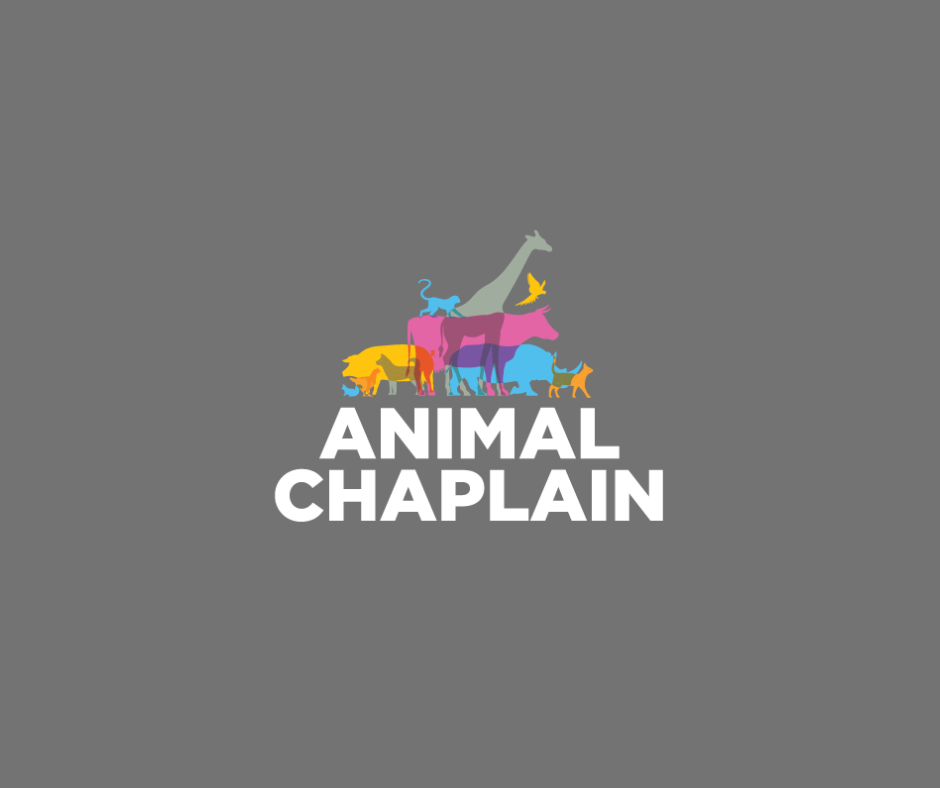WHAT IS AN ANIMAL CHAPLAIN?
Increasingly, I am called upon for chaplain support during animal communication sessions. It’s the state of the world right now—urgent. When people have an emotional crisis with their beloved animals, they aren’t sure where to turn for help.
As an animal chaplain, I find that many people aren’t aware of how often an animal’s “issues” are intertwined with their own. Caregivers experience intense worry and grief for ill, injured or dying companion animals to whom they are closely bonded. A person’s shifts in mobility, mental health or financial situation can challenge their ability to care for an animal companion. Frequently, people who are dying have not made arrangements for their beloved animal’s care after they are gone. Family relationships may also affect an animal. Divorce or separation, domestic abuse, children, or hoarding habits affect involved animals seriously. An animal chaplain can be a strong resource in these instances for both animals and people.
What is an animal chaplain anyway? Reverend Sarah Bowen, who founded the training offers an in-depth perspective of the role. Animal chaplains may be found problem solving with people and their pets, doing death doula work for animals, supporting veterinary care within a clinical or shelter setting, being an interspecies counselor, or focused on ecological issues of wild animals and their intersection with humankind.
Animal chaplains receive comprehensive training to provide pastoral and grief care on a personal level, family, community or organizational level. They support both animals and humans by using the tools of deep listening and caring companionship. Animal chaplains provide emotional support, blessings, end-of-life rites and also help welcome the new puppy into the family or provide community blessings for the animals. Many are able to provide advocacy—many are lawyers working in animal rights cases—and education, like resources for end-of-life decisions, economic challenges of pet care, and human-animal conflict mediation.
A growing number of veterinary hospitals, shelters and sanctuaries are inviting chaplains to serve on staff or on-call, similarly to how chaplains came into hospitals, hospice centers or extended care facilities for human medicine. These chaplains mediate between staff and animals, offer blessings before surgery, support families in distress onsite, and also provide staff support to veterinarians and their staff who are facing moral distress, compassion fatigue, or burnout.
For the past ten years, veterinarians have been at the top of the national suicide list as the most vulnerable population. Veterinary staff are also affected by PTSD, compassion fatigue and moral injury, making decisions for life and death daily that may run counter to their personal values and beliefs, not to mention the emotional load that the animals’ people bring. Farm and industrial agricultural workers in slaughter houses, animal advocates, vegetarians and environmental scientists may experience the same stresses. To provide needed support to these populations, a relatively new organization has been founded—the American Association of Veterinary Chaplains. This organization, of which I am a member, is a community dedicated to enriching the lives of all who care for and love animals by providing compassionate, spiritual, and emotional support.
Most chaplain services are free of charge or nominally charged. If I am called to do chaplain work during a communication session, I may fold it into the session charges or use a donation fund that my clients pay into so that others may have the needed service. You can donate to the chaplaincy fund - just contact me for donation information at info@judyramsey.net.
For in-person service, you can find an animal chaplain near you at https://findanimalchaplain.com. This is the list provided by the Compassion Consortium that provides the training. If you are interested in becoming an animal chaplain, go to https://CompassionConsortium.org to get information on how to apply to the program.


